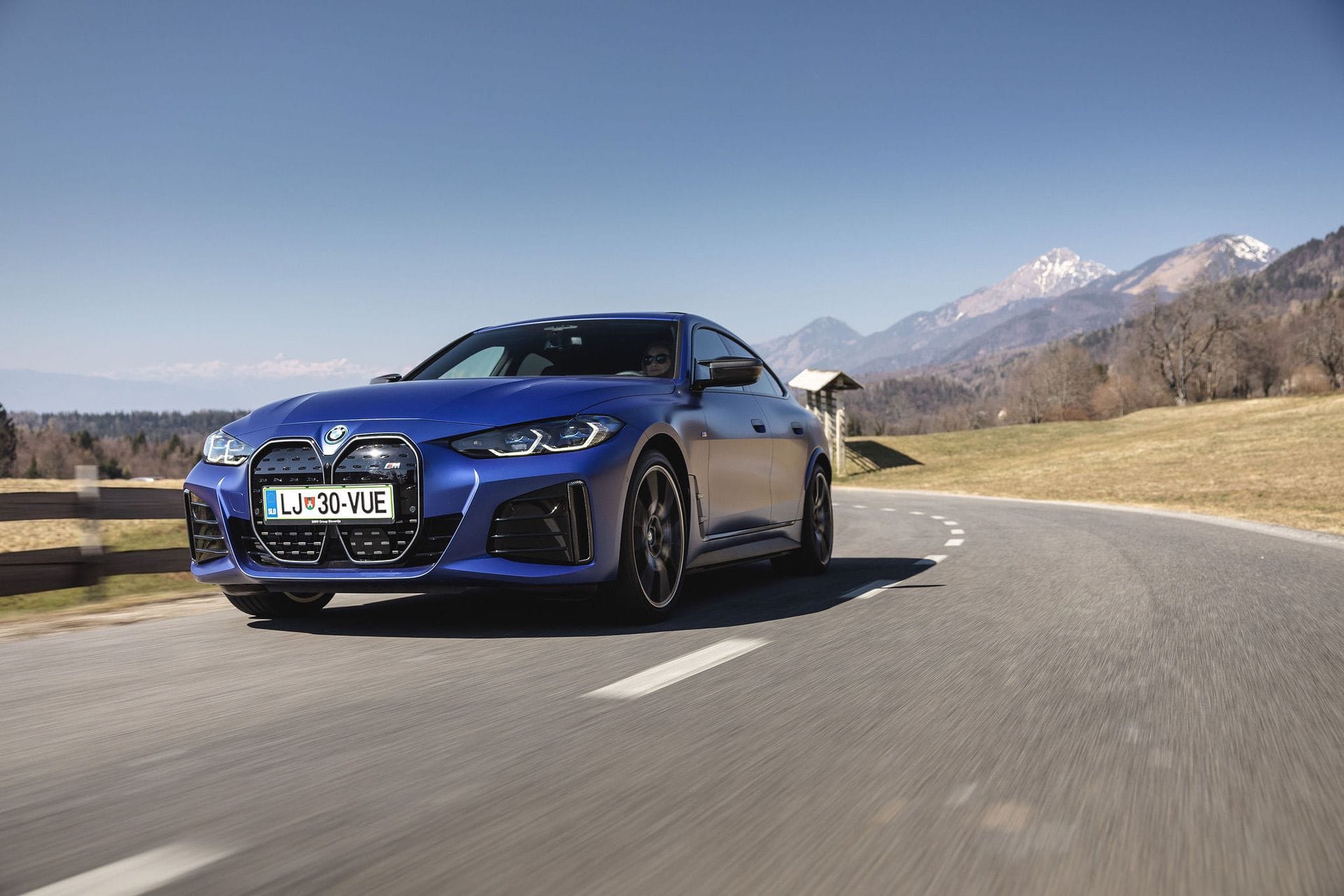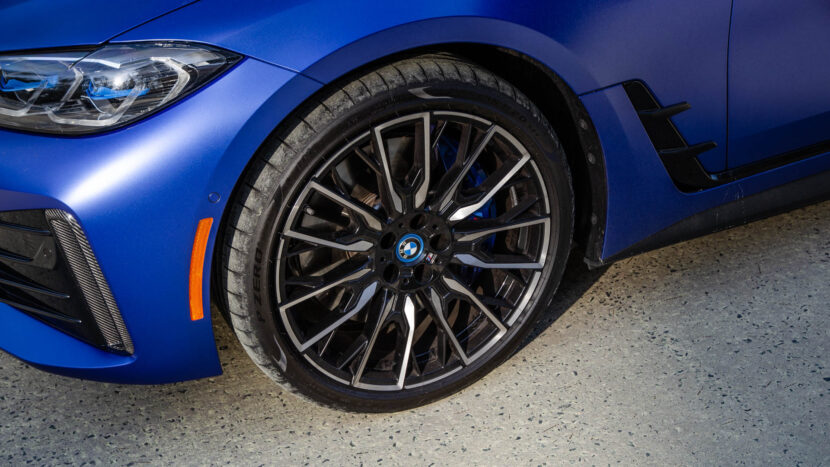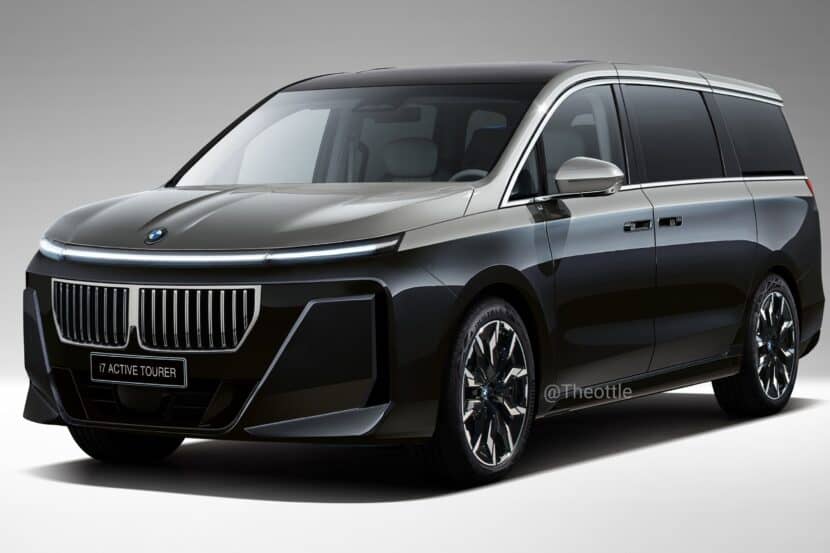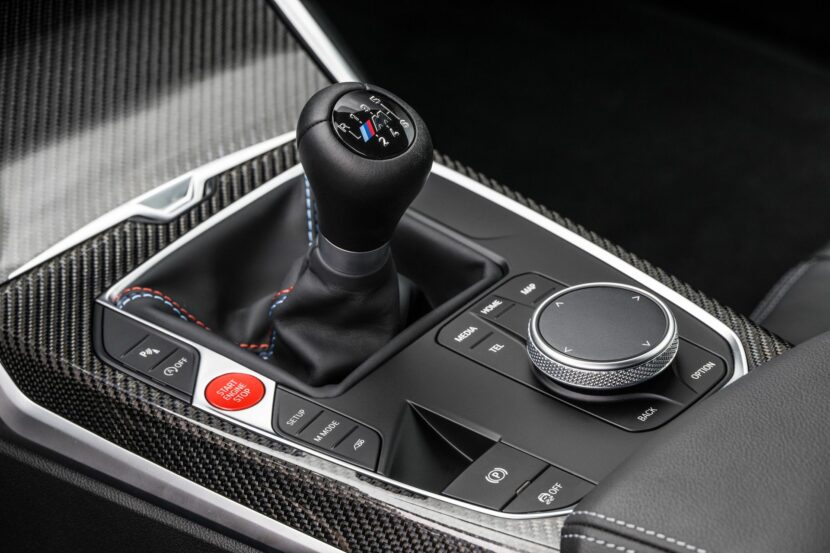Car companies are always looking for ways to increase efficiency, especially with their EVs. Regenerative braking is one of the best ways to do so. But BMW wants to add another method of doing so and it wants to use speed bumps to do it. In a patent filing found by CarBuzz, BMW is proposing a system that would take the suspension movement from road bumps and turn that into energy from the battery.
In a nutshell, there’s a small generator mounted to the chassis, with a one-way clutch, which is connected to the suspension via an actuating disc. As the suspension compresses over bumps, it turns the actuating disc but, because the one-way clutch is disengaged, nothing happens. However, as the suspension rebounds from the bump compression, it turns the actuating disc the other way, in the direction of the one-way clutch, which engages the generator. So on the rebound stroke, the suspension generates electricity, which is sent back into the battery.
Apparently, the reason for it only using the suspension rebound is because compression strokes are too sudden and wouldn’t transfer the energy to the generator properly. Rebound strokes are smoother, and the suspension decompresses more predictably. That allows the generator to harness some electricity from bumps in the road and help recharge either a internal combustion car’s 12-volt battery or an electric car’s battery pack.
How much energy does each suspension stroke really add? Probably very little. However, suspensions compress and rebound hundreds of times in even a short journey, all of which will be adding little bits of energy back to the battery, which can combine to a make quite the difference.
It’s unclear if BMW is actually going to follow through with this tech and if it’s even all that helpful. However, it’s certainly an interesting idea, even if it’s a bit complex, that could be a helpful way to increase range and efficiency.
[Source: Car Buzz]






































































